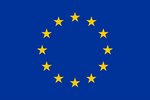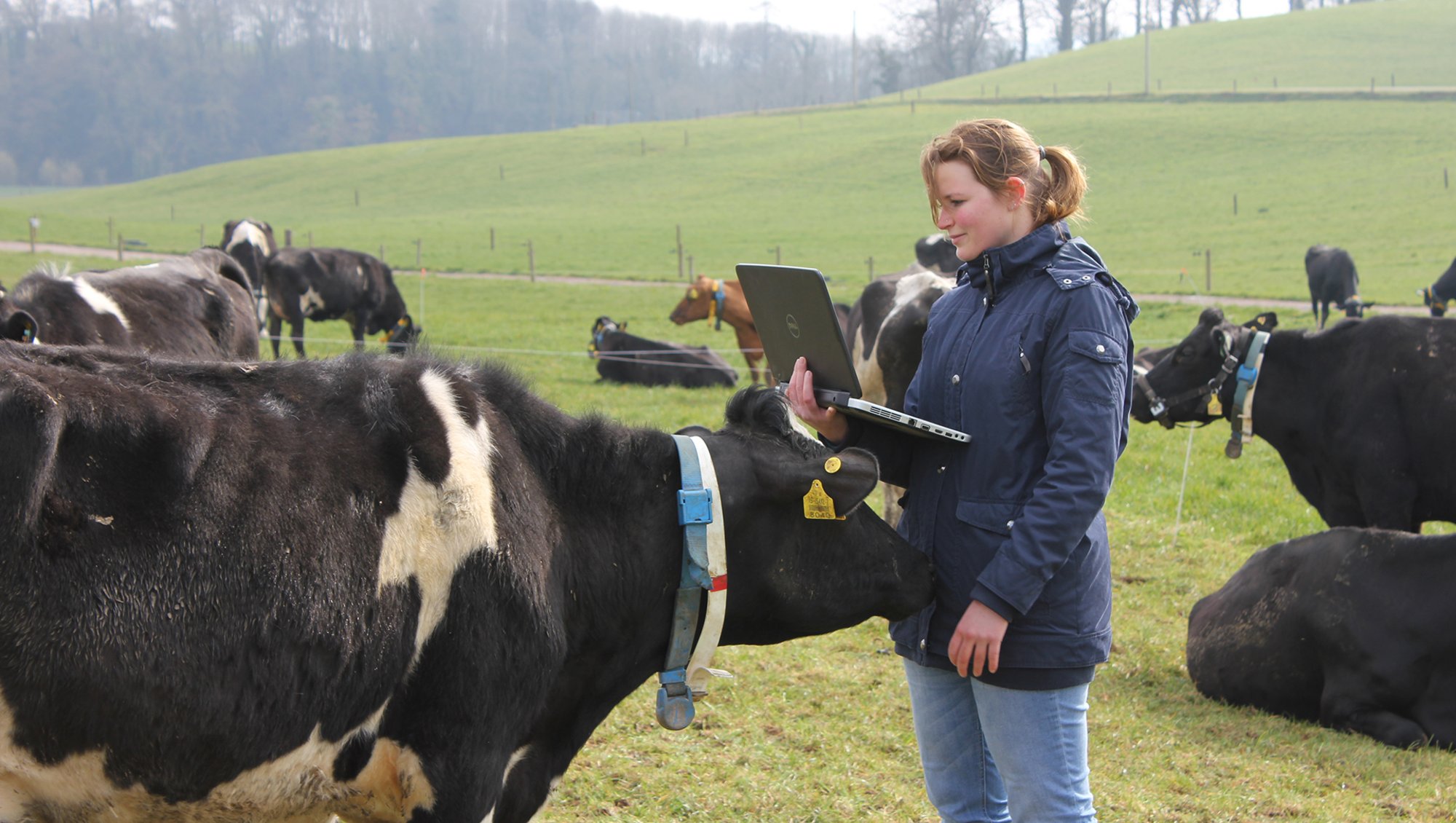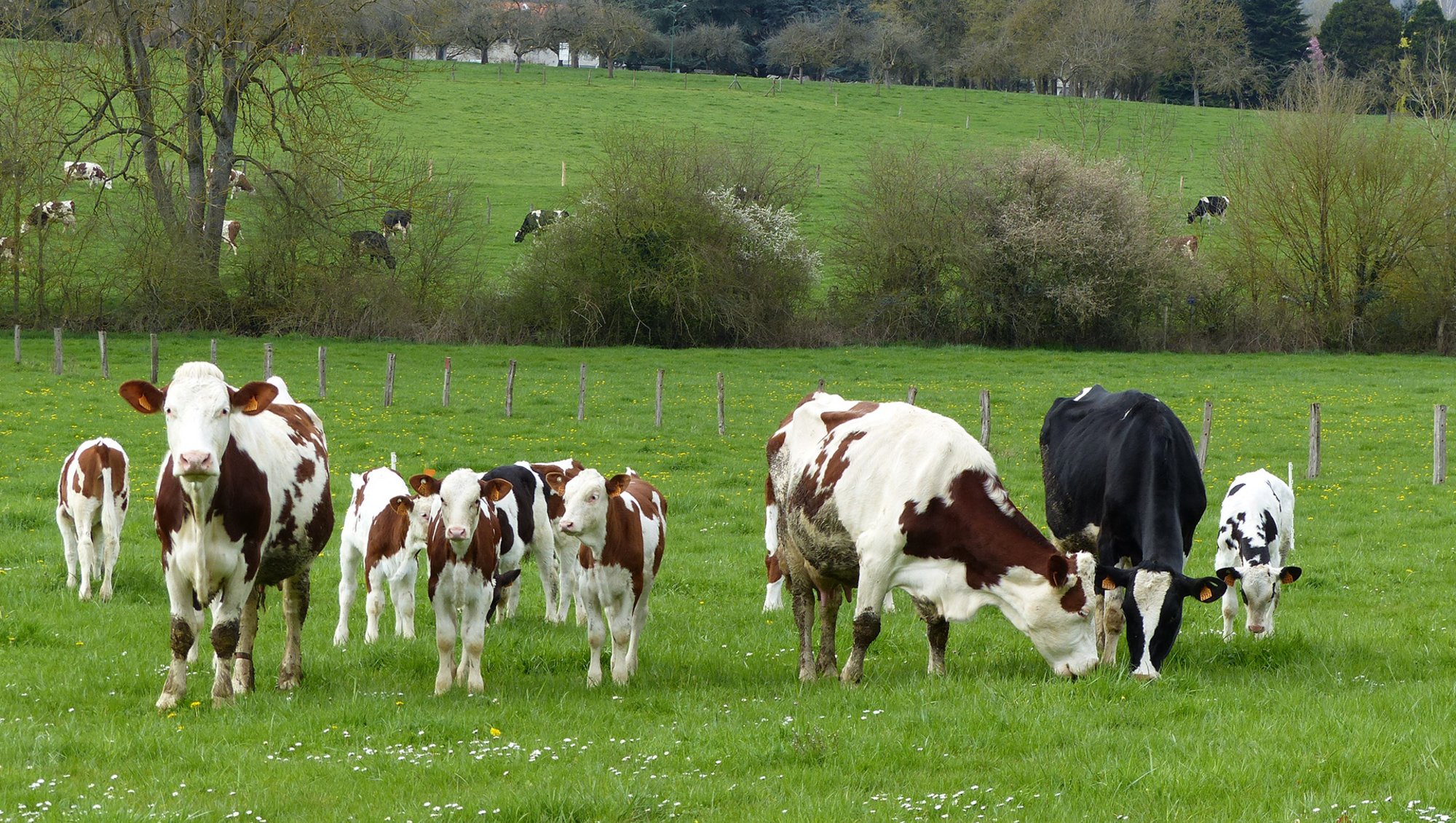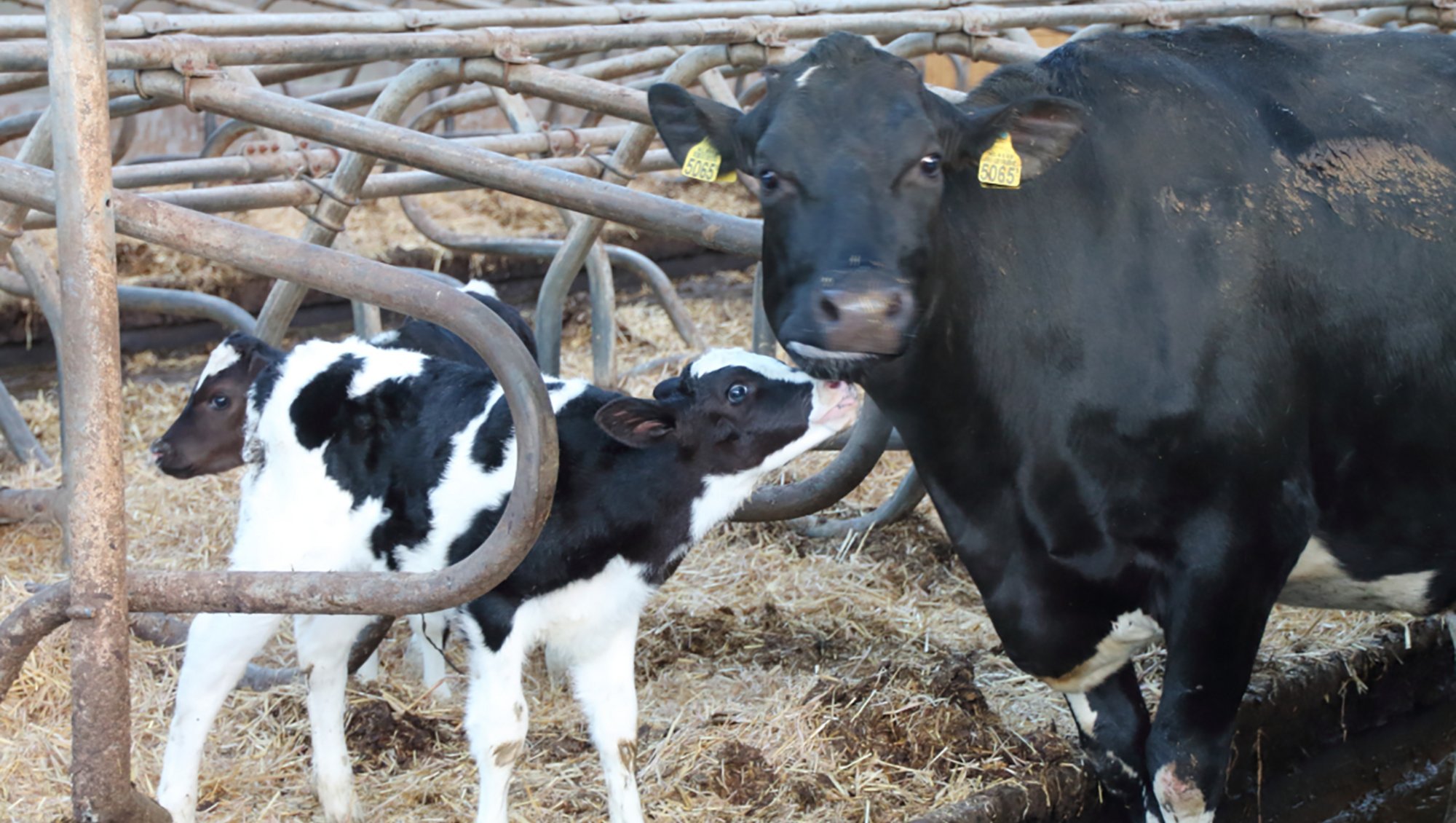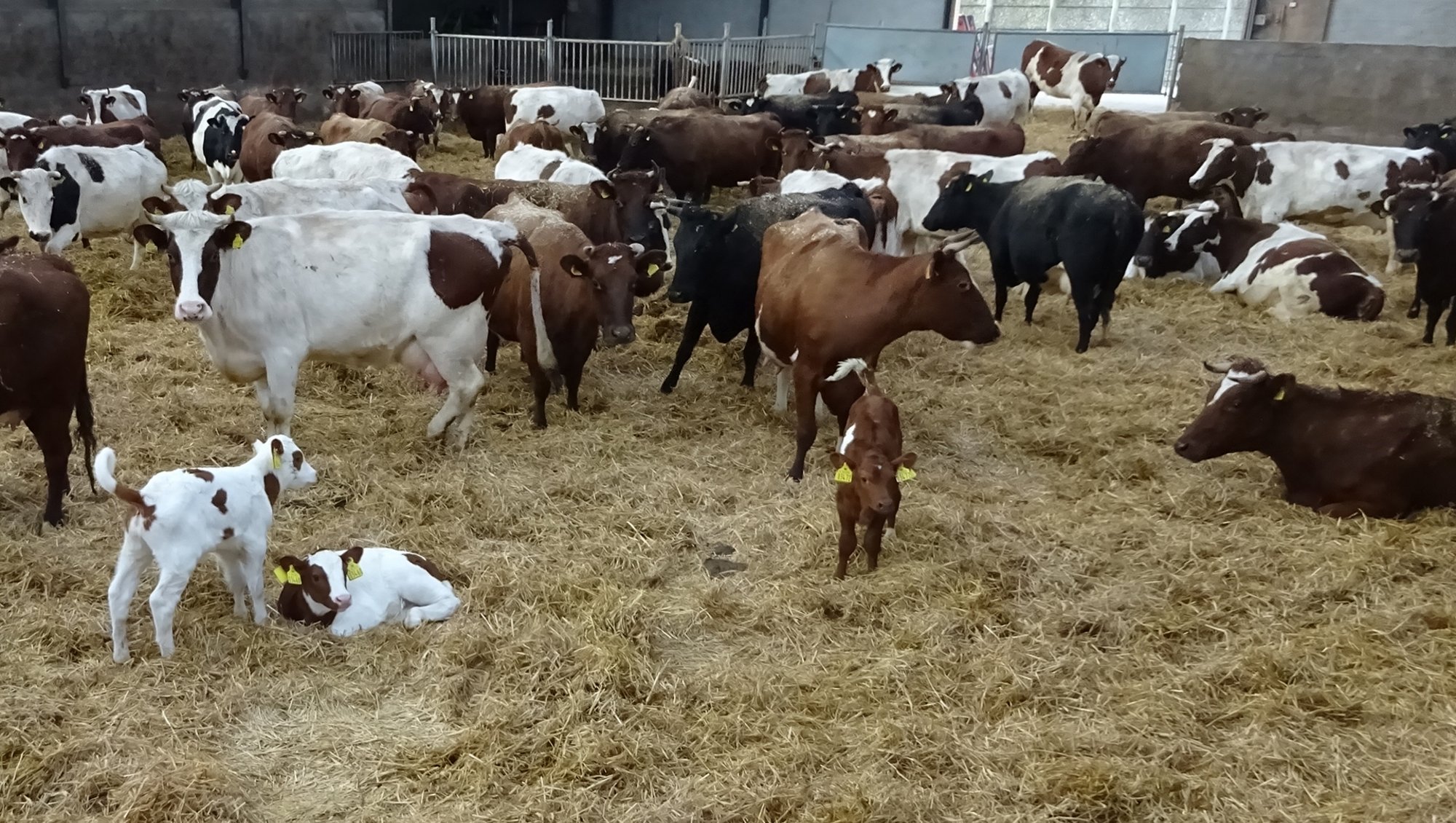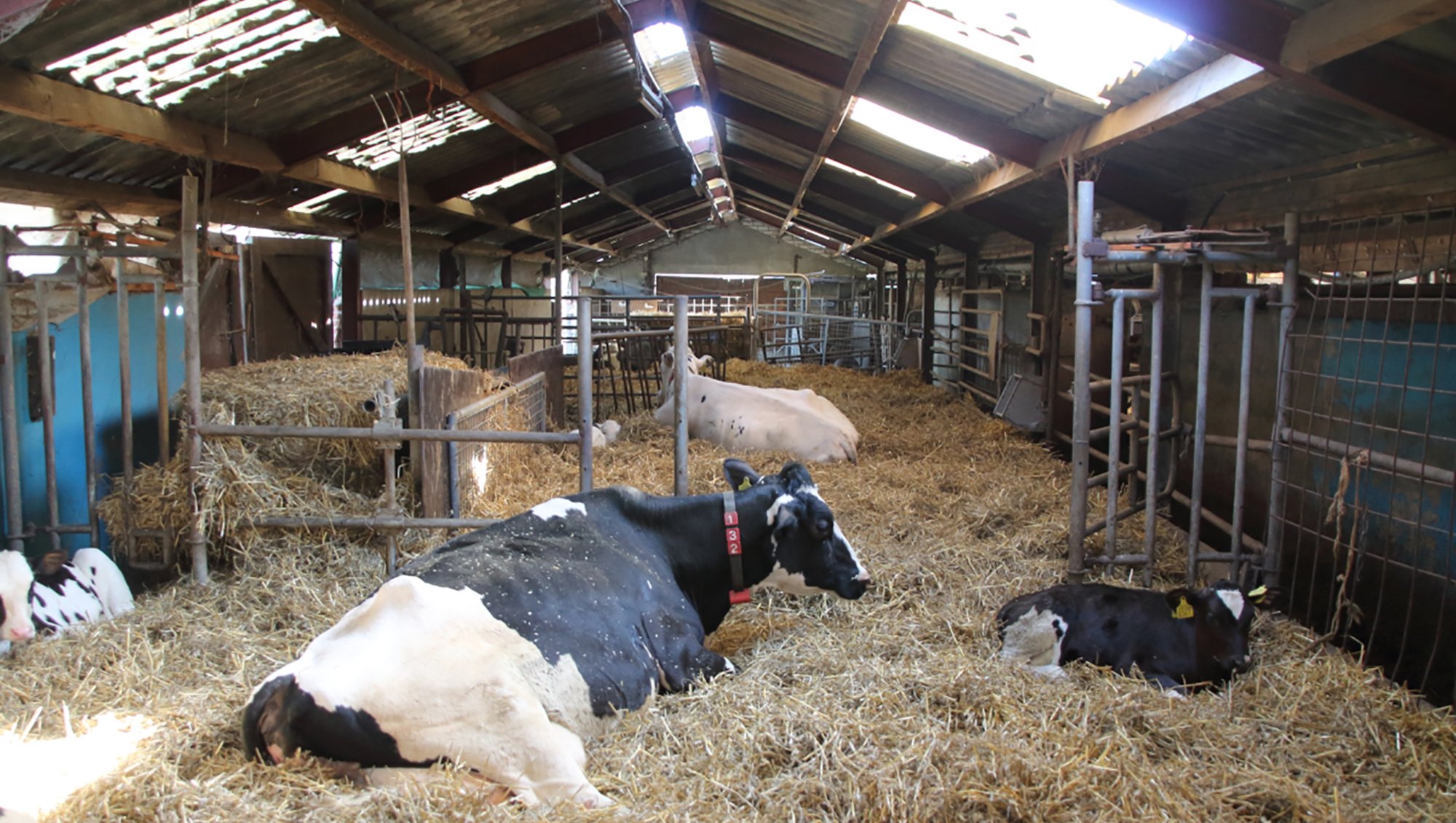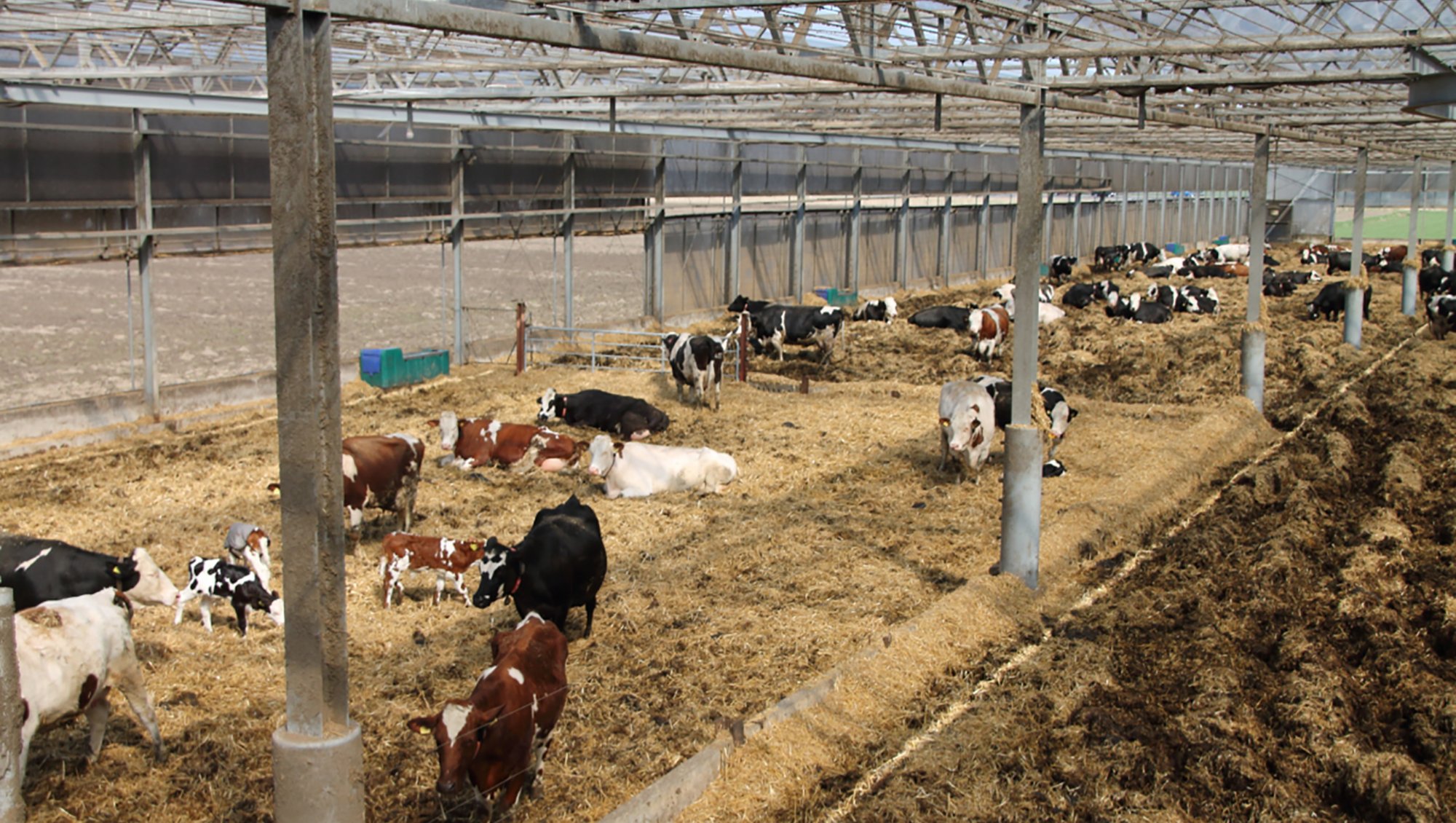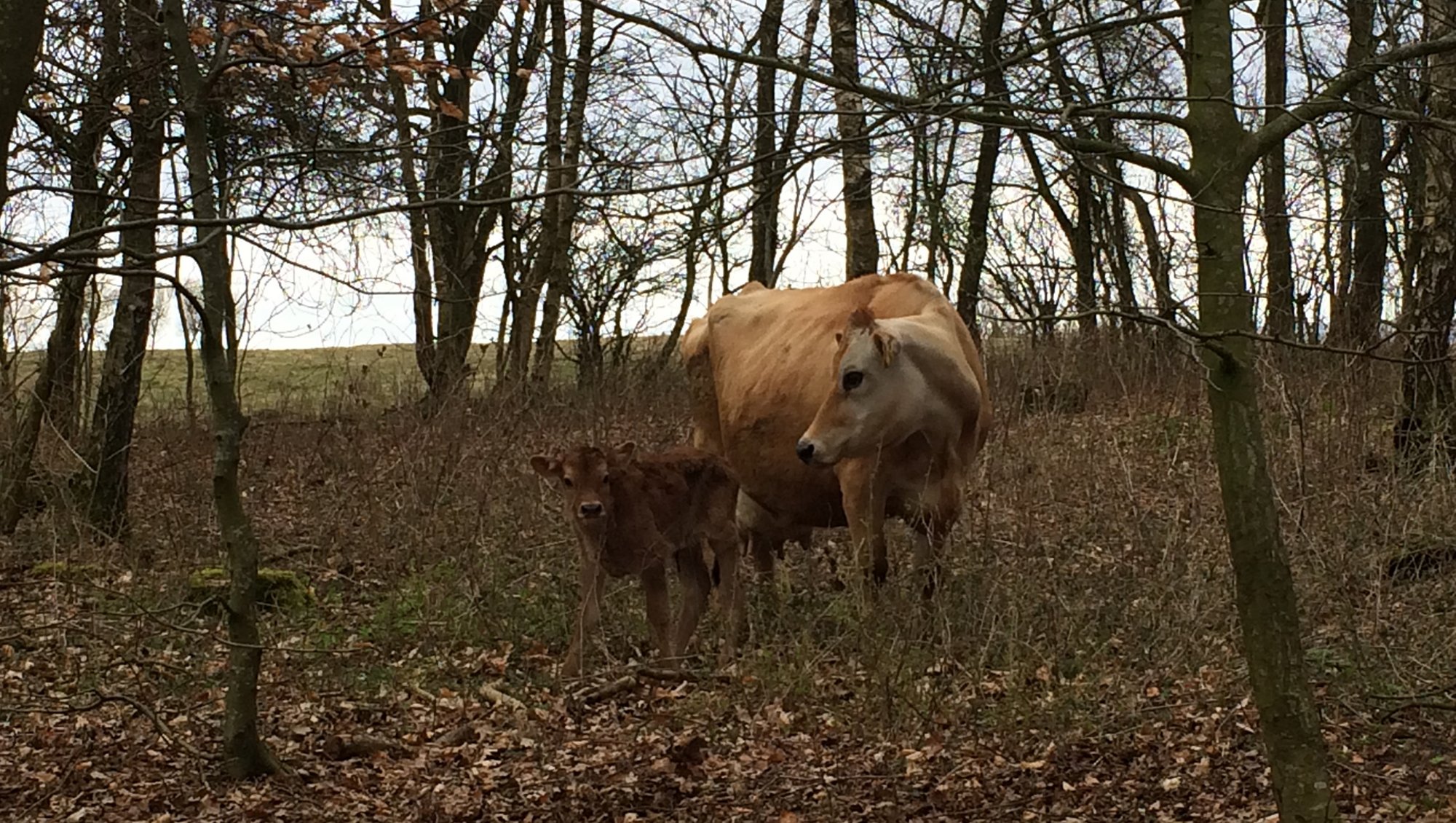GrazyDaiSy
- Cows meet their natural needs through health-support, grazing and cow-calf-togetherness
Introduction
Organic animal rearing focuses on allowing animals to meet natural requirements, and considering a systems approach. There are still many knowledge gaps and areas – like separating cows and calves just after birth – where common practice do not match the organic principles fully. The project covers most European climate zones, from the coldest North to the hottest South.
GrazyDaiSy investigates how to manage mixed age groups of cows, including rearing calves with their dams, whilst maintaining a high level of health and a constant effort to minimize medication. Furthermore, we focus on implementing resilient grazing strategies to improve animal performance and decrease impacts on the ecosystem on and around the farm. However, we also address the special challenges of keeping older and younger animals together on grass.
The project aims to encourage grazing and improve grazing management, rearing cows and calves together, and minimizing medicine use.
Background
Specialized dairy production even on organic farms relies on imported concentrate feed and the possibility to use of antibiotics and anthelminthic. Most calves are removed from their dam within the first 24 hrs. after birth. All this happens despite emphasis on naturalness and letting animals meet their natural needs and become robust and resilient.
Main project activities
- Identifying and improving relevant organic grazing strategies under different European conditions.
- Researching on farm level, together with farmers, advisors and stakeholders.
- Developing resilient animals and sustainable management systems to decrease medicine usage.
- Aiming at considering animal rearing in a farming systems context and taking a holistic systems approach.
- Exchanging knowledge and learning between European regions and countries.
- Investigating the motivations and perceptions of farmers and their advisors.
- Developing ways where cows and calves can bond, spend weeks of the milk-feeding period together, and de-bond gently afterwards.
Benefits and results
Expected long-term societal benefits
We take a participatory approach at all stages of this project with involvement of farmers. This supports not only the efficiency, feasibility and context relevance of the project, but also contributes to the ethical consistency of this project. Involvement, participation and dialogue with different actors including advisors, companies and consumers - means that we meet potential societal concerns regarding human, intellectual, cultural or societal development.
Our strategies are quite innovative and focus on resilient animals and surroundings. This is a needed angle to societal, rural and food systems development.
We develop new aspects of sustainability assessments – which can only address long-term aspects of the project!
We conduct high-scientific-quality studies, which help the groundbreaking focus.
Expected results
By the end of the project we expect to have reached results with regard to the following:
- Innovative, regionally adapted, robust and productive grazing systems, suitable for organic dairy farms throughout the different regions.
- Strategies to reduce parasite burdens, in particular when rearing animals of different age groups together.
- Strong dam-calf bonds to ensure maternal care of the calf at pasture, and ways of gently facilitating the necessary de-bonding process at weaning.
- Analyses of animal health, welfare and diseases based on well-documented benefits and consequences of rearing different age groups together in different grass-based organic dairy systems.
- Farmers’ perceptions, visions, barriers, as well as the social and daily practices related to dam-calf rearing and innovative grazing strategies, as well as medicine reducing strategies.
- The environmental and economic sustainability of rearing calves with their dam, using collected economic and husbandry data.
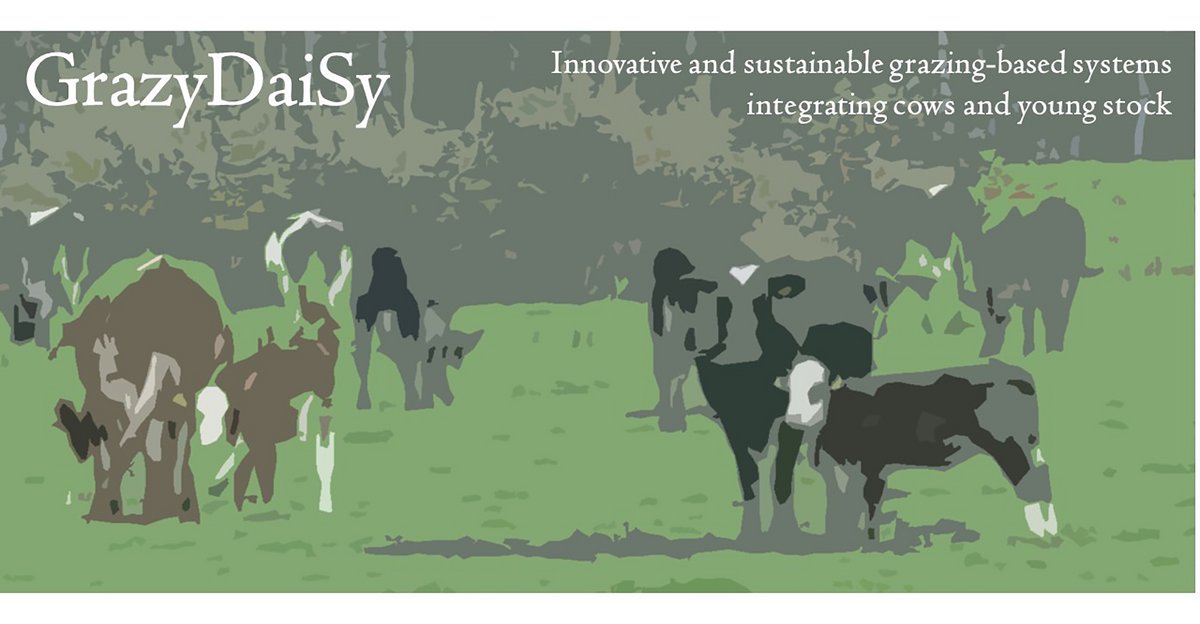
Implementation and plans to reach target groups
- Each participating country reaches their networks of farmers, organizations, advisors, colleagues and/or students.
- Our dissemination products are widely diverse – from video-clips to reports, online-presentations and a PhD-course. All the before-mentioned groups are targeted through multiple relevant material.
- All results are available to all in English, and free to translate and use in national, local and regional contexts.
- All countries conduct stakeholder meetings, and the on-farm research approach helps securing that all processes and results are commonly owned and advocated.
